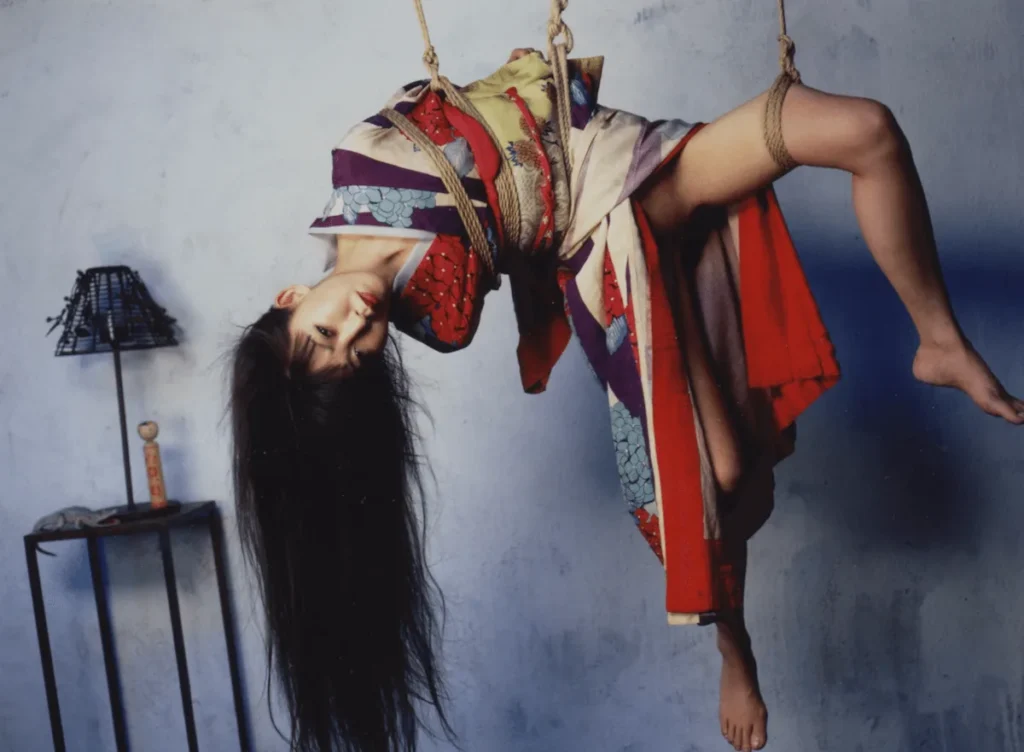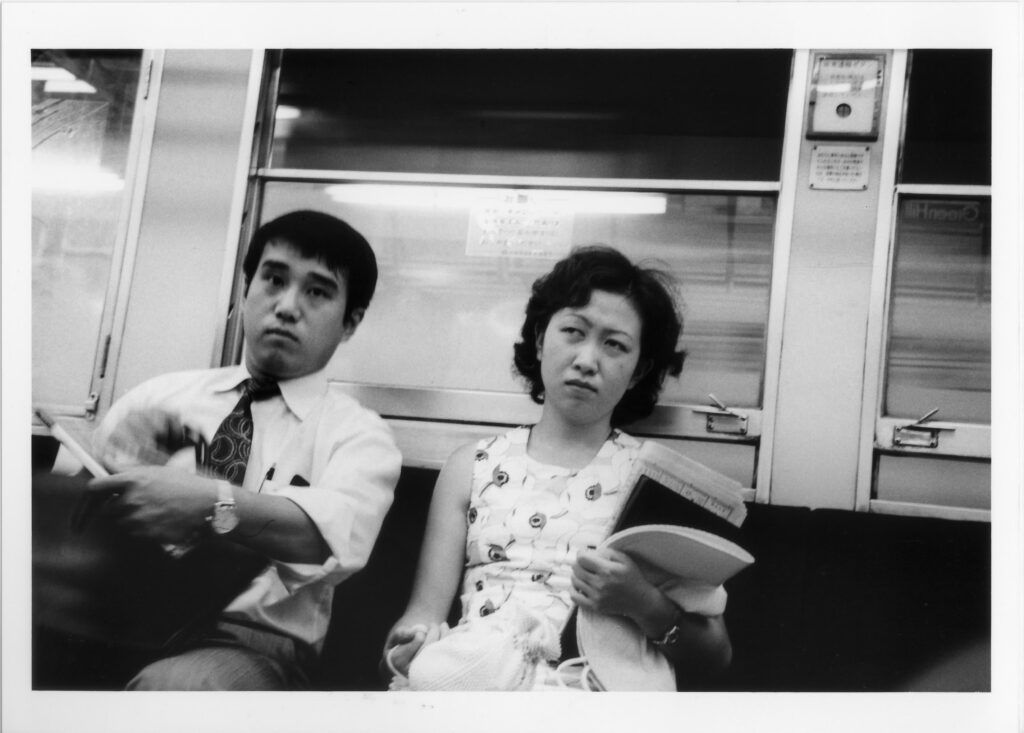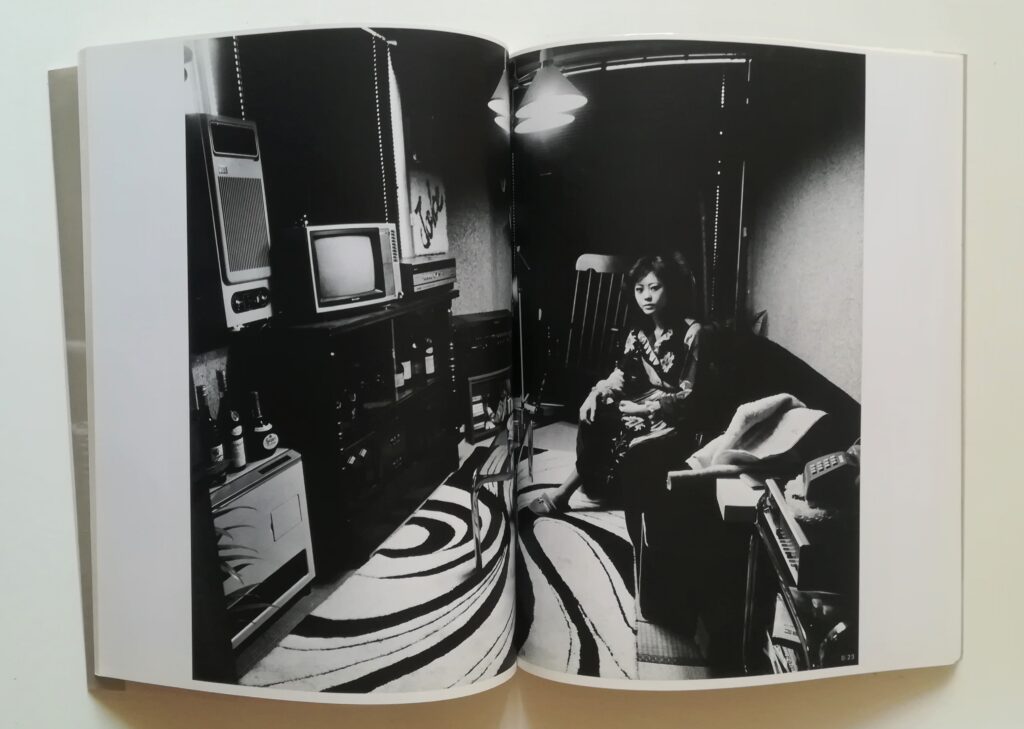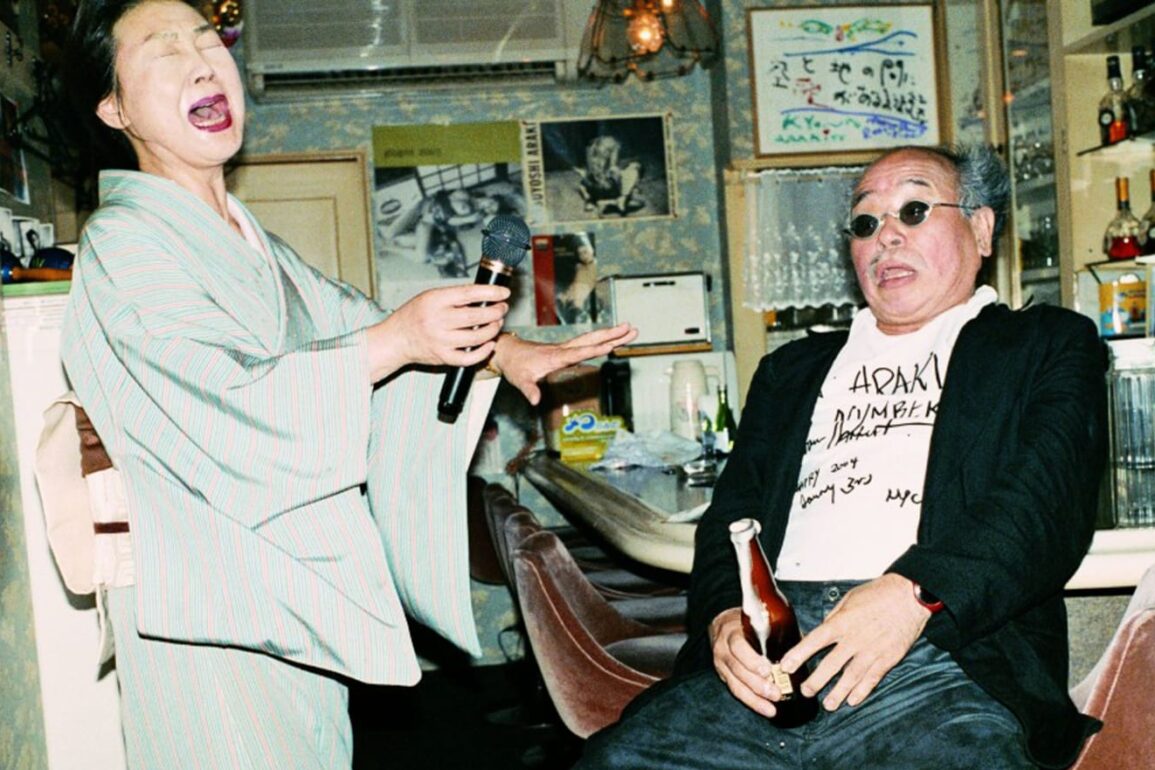Introduction to Nobuyoshi Araki
Nobuyoshi Araki is a prominent Japanese photographer known for his provocative and controversial works that challenge societal norms and conventions. His prolific career spans over five decades, during which he has produced an extensive body of work ranging from intimate portraits to explicit imagery.

Early Life and Background
Araki was born on May 25, 1940, in Tokyo, Japan. Growing up in the aftermath of World War II, he was deeply influenced by the cultural and social transformations taking place in post-war Japan. His early exposure to photography sparked his interest in the medium, leading him to pursue a career as a photographer.




Photography Style and Influences
Araki’s photography is characterized by its rawness, honesty, and unapologetic approach to subject matter. He often explores themes of sexuality, death, and the passage of time, blurring the lines between art and erotica. Influenced by traditional Japanese aesthetics and Western photography, Araki developed a unique style that defies categorization.
Controversies Surrounding Araki
Throughout his career, Araki has courted controversy with his explicit depictions of nudity, bondage, and taboo subjects. His willingness to push the boundaries of acceptability has sparked debates about censorship, freedom of expression, and the ethics of representation in art.
Notable Works and Series
Araki’s oeuvre encompasses a wide range of subjects and genres, including street photography, portraiture, and still life. Some of his most famous series include “Sentimental Journey,” “Tokyo Lucky Hole,” and “Kinbaku,” which explore themes of love, desire, and the human condition.




Impact on Contemporary Photography
Araki’s influence extends far beyond the boundaries of Japan, shaping the trajectory of contemporary photography worldwide. His bold experimentation with form and content has inspired generations of photographers to explore new modes of expression and challenge established norms.
Exhibition and Recognition
Araki’s work has been exhibited extensively in galleries and museums around the world, cementing his status as one of the preeminent photographers of his generation. Despite facing criticism and censorship, he has received numerous awards and accolades for his contributions to the art of photography.
Personal Life and Philosophy
Beyond his public persona as a provocateur, Araki is known for his introspective nature and philosophical outlook on life. He views photography as a means of capturing fleeting moments and preserving memories, reflecting on the impermanence of existence and the passage of time.
Legacy and Contributions
As a trailblazer in the field of photography, Araki’s legacy continues to resonate with artists, critics, and audiences alike. His fearless pursuit of artistic freedom and uncompromising vision have left an indelible mark on the medium, inspiring future generations to challenge conventions and push the boundaries of creativity.












Conclusion
In conclusion, Nobuyoshi Araki stands as a towering figure in the world of photography, revered for his fearless exploration of the human experience and unyielding commitment to artistic expression. Despite controversy and criticism, his work remains a testament to the power of photography to provoke, inspire, and transcend boundaries.
FAQs (Frequently Asked Questions)
- What are some of Nobuyoshi Araki’s most famous works?
- Some of Araki’s most famous works include the “Sentimental Journey” series, “Tokyo Lucky Hole,” and the “Kinbaku” series.
- How has Araki’s photography influenced contemporary art?
- Araki’s bold experimentation with form and content has inspired generations of photographers to push the boundaries of creativity and challenge established norms.
- What controversies has Araki faced throughout his career?
- Araki has faced criticism and censorship for his explicit depictions of nudity, bondage, and taboo subjects, sparking debates about censorship and freedom of expression.
- What is the significance of Araki’s “Kinbaku” series?
- The “Kinbaku” series explores themes of power, control, and intimacy through the Japanese art of bondage, challenging societal taboos and conventions.
- How has Araki’s upbringing influenced his artistic vision?
- Araki’s upbringing in post-war Japan and his exposure to the cultural and social transformations of the time have influenced his artistic vision, shaping his exploration of themes of love, desire, and the human condition.
If you’re looking to collect Araki’s work, his prints can be bought from several galleries
For more information on Japanese photobooks. including books from Araki.




